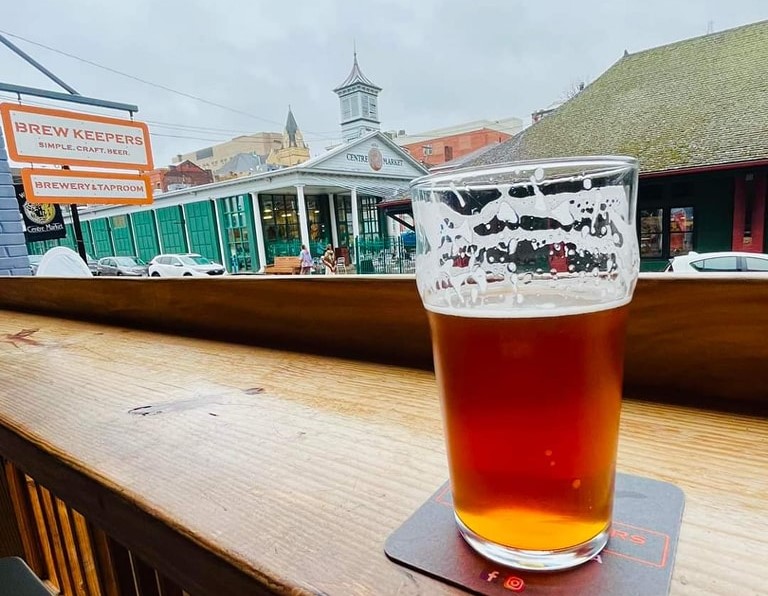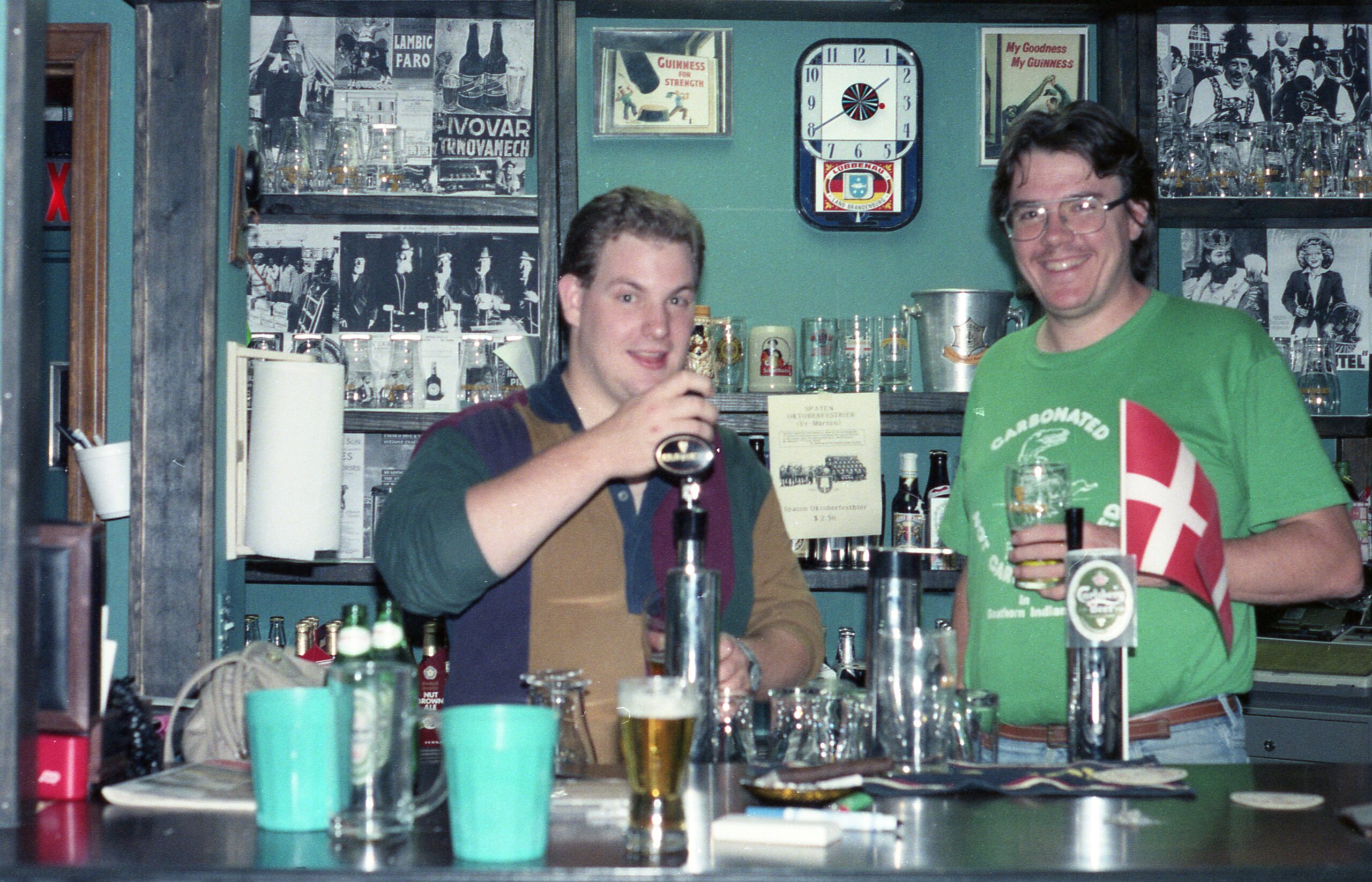 $2,124.80.That’s how much I’ve spent at Starbucks since I started tracking my expenditures two years ago. That works out to over $88 per month. Even that underestimates my consumption, because it excludes purchases at Heine Bros. and Red Hot Roasters.
$2,124.80.That’s how much I’ve spent at Starbucks since I started tracking my expenditures two years ago. That works out to over $88 per month. Even that underestimates my consumption, because it excludes purchases at Heine Bros. and Red Hot Roasters.
That’s a lot of coffee. And a lot of unnecessary spending. I know I spend a lot on coffee, but I never would have guessed it adds up to thousands of dollars. I consider myself a decent money manager. I max out my 401(k). I put aside a little each month for my kids’ college educations. I don’t have (too) many expensive hobbies. But it pains me to think that had I just been a little more frugal – made my own coffee, used coupons, ordered a tall latte instead of a venti – I could have saved maybe half that $2,124.80 and put it to other uses. Maybe a weekend getaway, a rainy day fund, donations to charity. I’m clearly not as smart about my own spending as I thought myself to be. Turns out I burned a pretty big hole in my pocket, and a lot of loose change falls out.
Most of us have a good beat on paying our mortgage, car payments, student loans and other “big” items; but are very much in the dark on the “little” things. Maybe we just don’t think about it.
I am not suggesting that my spending that amount of money at Starbucks was unnecessary or that I shouldn’t have spent that amount of money but rather those loose change purchases add up.
Turns out businesses are in the dark on the “little” things too. And by little, I mean those purchases that may be too small on their own to garner their attention but which collectively add up to significant dollars. Granted, we need people to wash the windows and clean the office, we need temp labor to get through peak times, we need to advertise to drive demand, we need desks, chairs, computer, whiteboards, post-it-notes, pens, paper and more for our people. All are necessary expenditures. But research shows that business spends a lot more on those items and services than they might realize. A lot more!
Using research from Aberdeen Group on how small and mid-sized business miss out on cost-savings [due to a lack of buying power and expertise] we looked at some common purchasing sectors, and figured out what $130billion means. Even the number is hard to read: $130,000,000,000.00….. so we translated those numbers into slightly more tangible equivalents that will be easier to relate to. The results are staggering:
I could buy nearly 62 billion more cups of coffee – each year! Where would I park my 4 million + new cars? I could purchase a new home every minute of every day throughout the entire year – and still have enough money to buy nearly 100,000 more homes with this amount of cash. If I spent all this money on reams of paper and stacked these reams of paper on top of each other then it would go around the Earth 30 times!
All of which begs the questions:
1. Can businesses do anything to change the amount that they spend on these types of expenditure?
2. Is it even worth the effort?
The answer to both is a resounding “YES!” and I’ll explain how in the next post.
But first, I need your help. If you’re reading this now, and it’s got you thinking about how your organization might be over spending on the little things, share an example in the comments section on this post, or follow @AllianceCost and share it via twitter with a #Alliancecost hashtag. Alliance Cost Containment will send you an OfficeMax Retail Connect card (a card that gives you noticeable discounts on office supplies and print services) to everyone who plays along, and then I will use those examples as the foundation for the next post.







